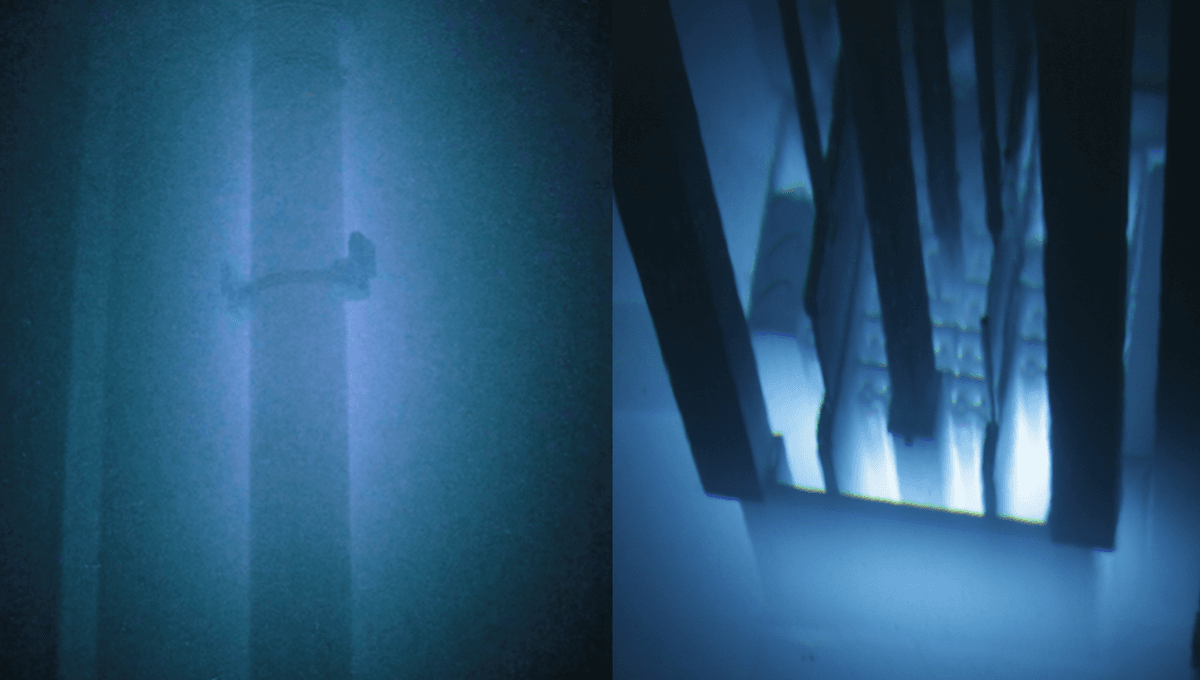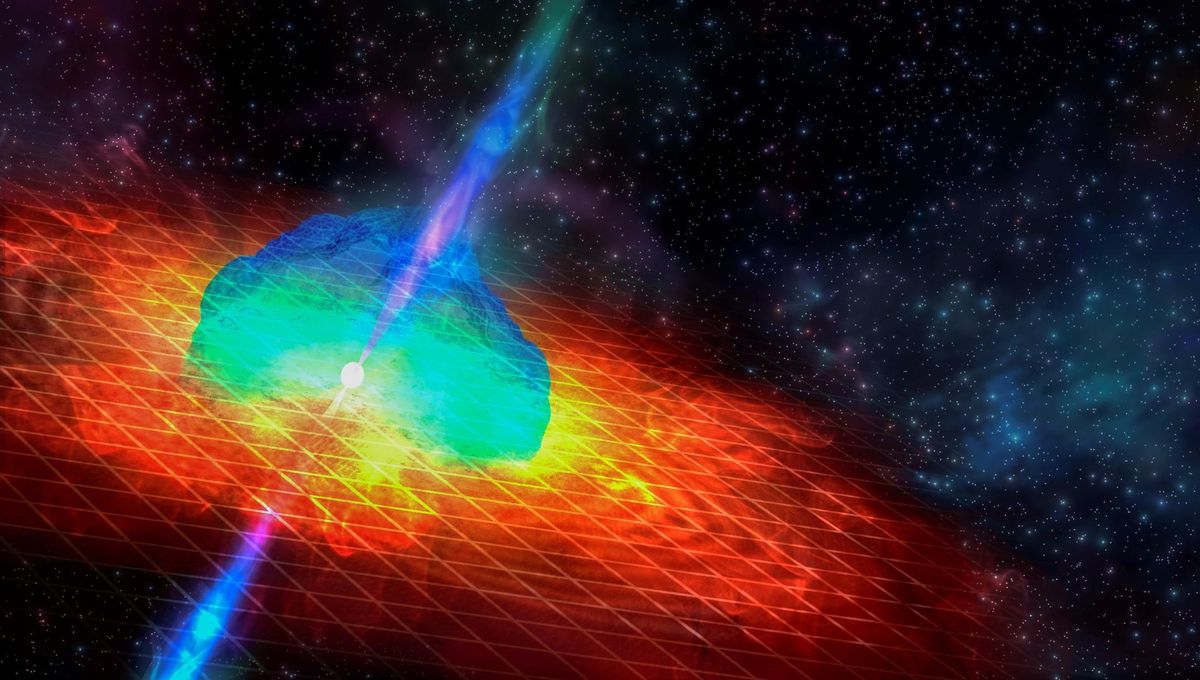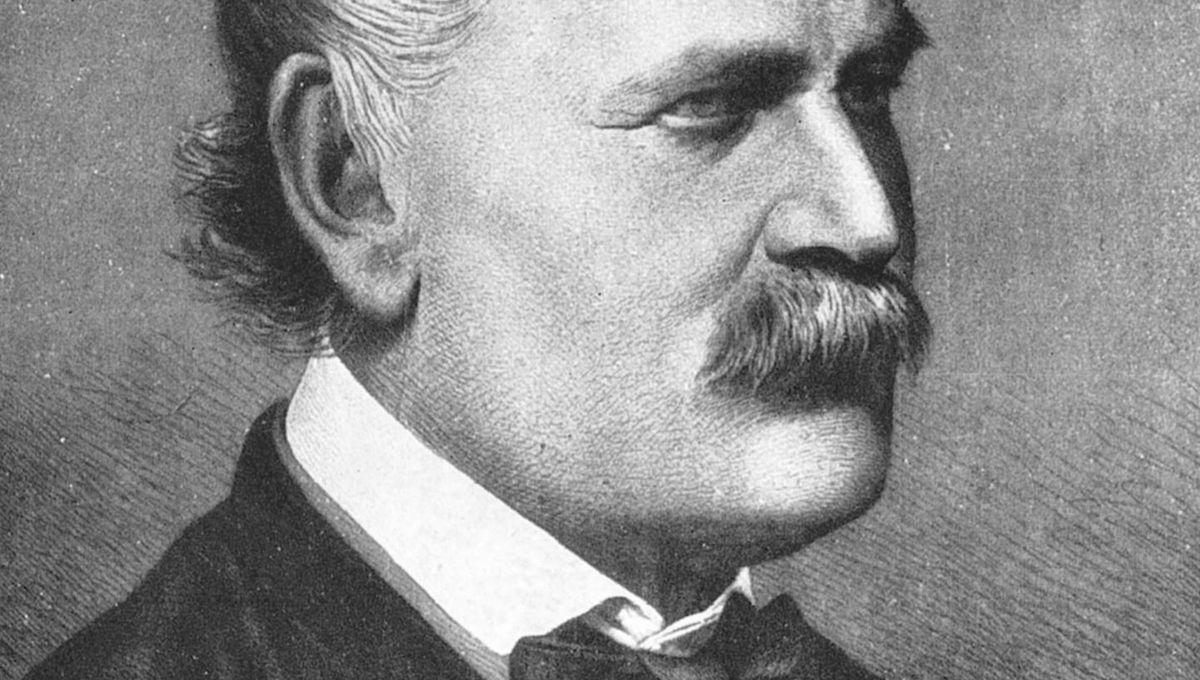Imagine a whip cracking or a supersonic plane breaking the sound barrier. That explosive boom you hear is similar to what happens when particles move faster than the speed of light in a specific medium. It’s called Cherenkov light.
Now, let’s be clear. These particles aren’t surpassing the speed of light in a vacuum, which is the fastest possible speed in the universe. However, in water, light travels about 25 percent slower than in a vacuum. With the right reaction, particles can be accelerated to over 225,000 kilometers (139,800 miles) per second. In this case, the particles in question are neutrons produced in a fusion reaction.
“Normally, to witness this phenomenon with the naked eye, you’d have to observe nuclear fission reactor cores or used nuclear fission fuel,” explained the founder and CEO of SHINE to IFLScience.
SHINE’s fusion system utilizes two special types of hydrogen atoms: deuterium and tritium. While most hydrogen atoms in the universe consist of a single proton in their nucleus, deuterium has a neutron and a proton, and tritium has two neutrons and a proton. The company employs a deuteron beam (the nucleus of deuterium) to collide with a tritium target at high speed.
“The Cherenkov radiation effect produced here was so intense that it was visible, indicating a significant amount of fusion occurring—about 50 trillion fusions per second. At a billion fusions per second, you might detect Cherenkov radiation, but it wouldn’t be visible,” explained Gerald Kulcinski, Grainger Professor of Nuclear Engineering-Emeritus and Director of Fusion Technology-Emeritus at the University of Wisconsin-Madison, in a statement.
“These results provide compelling evidence of nuclear processes at play and further confirm that fusion can produce neutrons comparable to some reactors.”
Currently, this approach yields a very low output. However, SHINE’s goal is to demonstrate the feasibility and scalability of nuclear fusion. Additionally, deuteron beams can be used to produce medically useful radioisotopes, an area in which SHINE is also involved.








